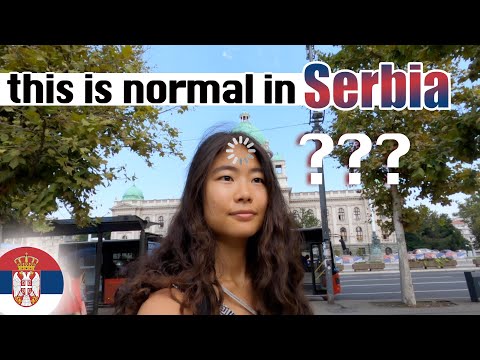
Embarking on a journey to Eastern Europe can be an exhilarating adventure filled with unexpected discoveries and enriching experiences. However, it is not uncommon for travelers, expatriates, and even seasoned globetrotters to encounter a phenomenon widely known as “culture shock.” This transition phase is marked by a mix of emotions and adjustments as individuals immerse themselves in a significantly different cultural landscape from what they are accustomed to.
### Understanding Culture Shock
Culture shock isn’t just about encountering unfamiliar foods or language barriers; it involves deeper layers of adaptation including social norms, business etiquettes, traditional practices, and the everyday lifestyle of local people. In the context of Eastern Europe—comprising diverse countries each with its unique heritage and historical backdrop—the experience can be particularly stark as compared to Western European or American cultures.
### Initial Impressions
Upon arrival in Eastern European countries such as Poland, Hungary, the Czech Republic, or Romania, one of the first hurdles many face is the language barrier. While younger generations often speak English well, older demographics might not, making simple interactions challenging. The Cyrillic alphabet used in places like Bulgaria and Russia also adds another layer of complexity when navigating signage or menus.
Furthermore, cities such as Prague or Budapest overflow with historical architecture that transports visitors back to medieval times contrasted sharply by remnants of Communist influences which add to an eclectic urban fabric that might seem bewildering at first.
### Social Interactions and Etiquette
Eastern Europeans are often perceived as reserved or direct in their communication style. Initial perceived coldness can be jarring for people from more overtly friendly cultures like the U.S. or Latin America. However, understanding that this demeanor often stems from cultural norms rather than personal sentiment helps in adjusting perspectives.
Moreover, social etiquette might vary significantly; for example, it’s customary in many Slavic cultures to remove shoes when entering someone’s home—a practice less common in several Western countries.
### Adapting to Local Customs
To mitigate culture shock effects while embracing local customs:
1. **Learn Basic Phrases**: Language bridges gaps. Learning basic greetings and phrases not only facilitates easier navigation but also shows respect towards the culture.
2. **Understand Historical Contexts**: Knowing historical events that have shaped current societal behaviors and attitudes provides deeper insights into local dynamics.
3. **Connect with Locals**: Engage with community members through social groups or local events which can provide support networks and enhance understanding of subtle cultural nuances.
4. **Maintain Openness**: Keeping an open mind helps overcome initial judgments and appreciate differences as enriching elements rather than barriers.
### Cultural Richness
Despite these challenges, experiencing Eastern Europe offers profound rewards—be it through its rich tapestry of history evident in cities adorned with beautiful castles and churches; its robust artistic expressions seen in music, dance, literature; or its hearty culinary delights influenced by various historical epochs.
### Conclusion
Culture shock while entering Eastern Europe is a multifaceted experience that encompasses challenges along with substantial growth opportunities. Embracing these changes can transform initial shocks into lasting affection for a region that boasts remarkable diversity embedded within its traditions and lifestyles. Whether you’re sipping coffee in a snug café in Kraków’s historic district or exploring the bustling marketplaces of Sofia—the journey through Eastern Europe continues to be a compelling narrative that invites curiosity at every corner.
